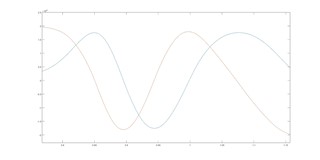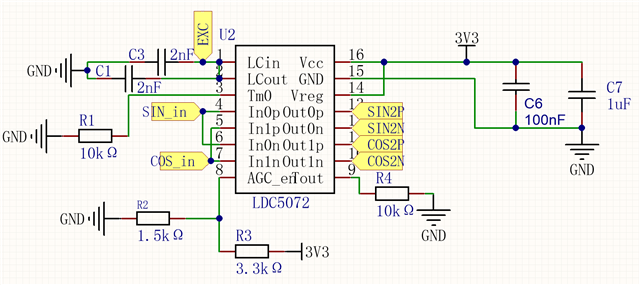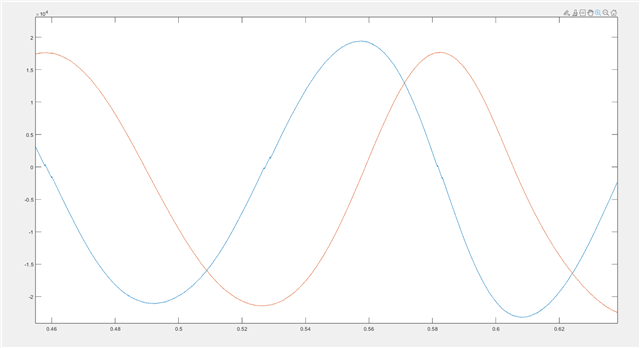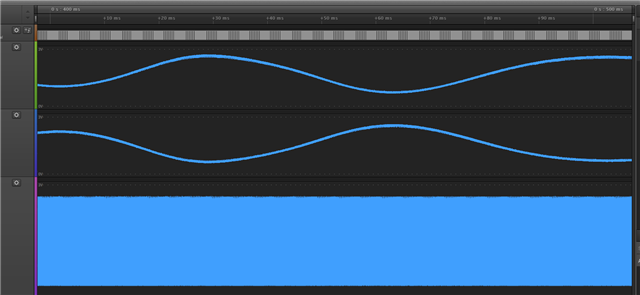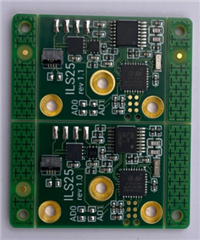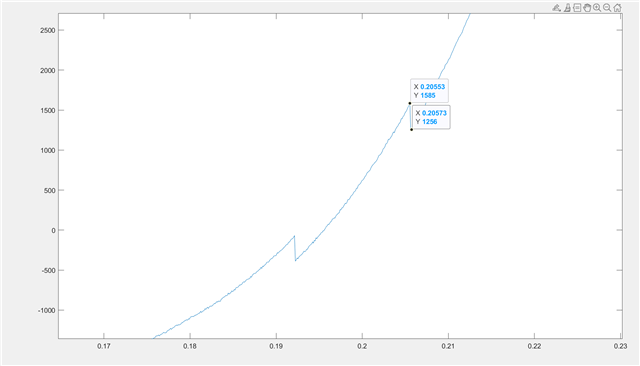Tool/software:
One more issue.
Lexc = 1.87 uH, Rexc = 1.72 Ohm, Lin = 0.615 nH, Rin = 1.96 Ohm. C1 = C2 = 1.98 nF. Fexc = ~4.05 MHz
Vcc = 3.3 V. Vagc = 1.031 V, Gain = 2.34
Observed signal jumps around zero levels. Tested on LDC5072 and LDC5071.
Same sensor on the Renesas IPS2550 is OK.
